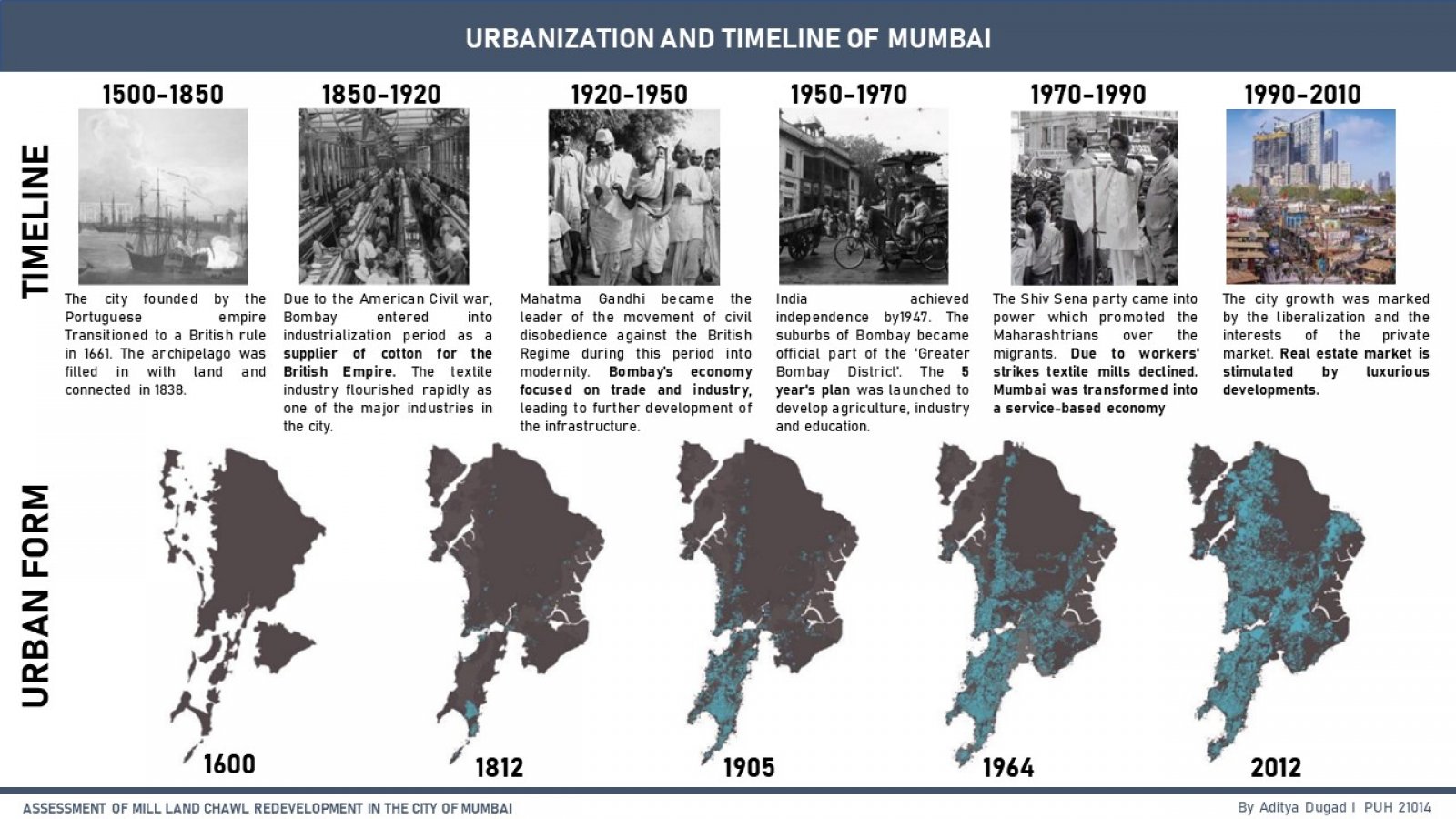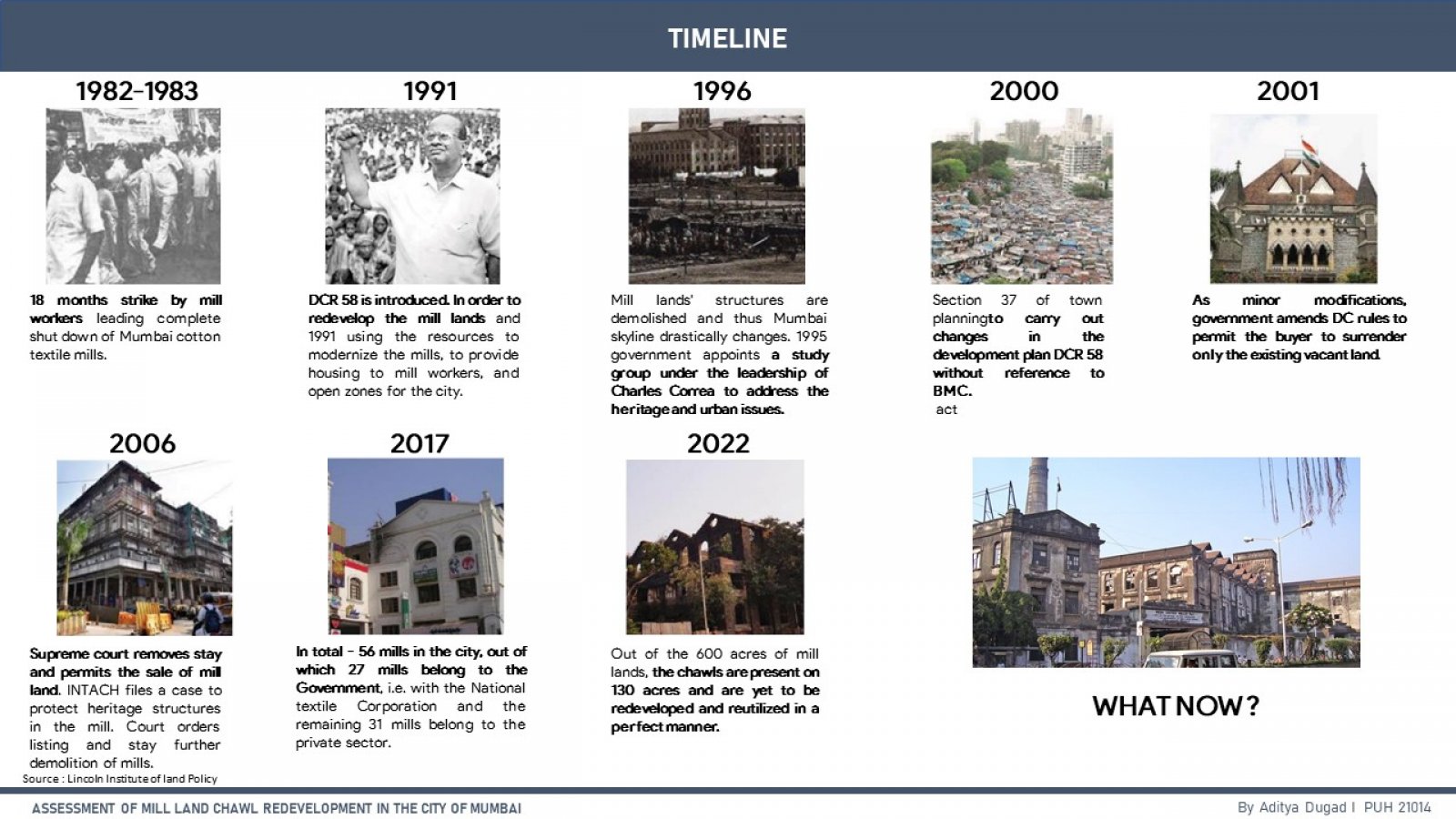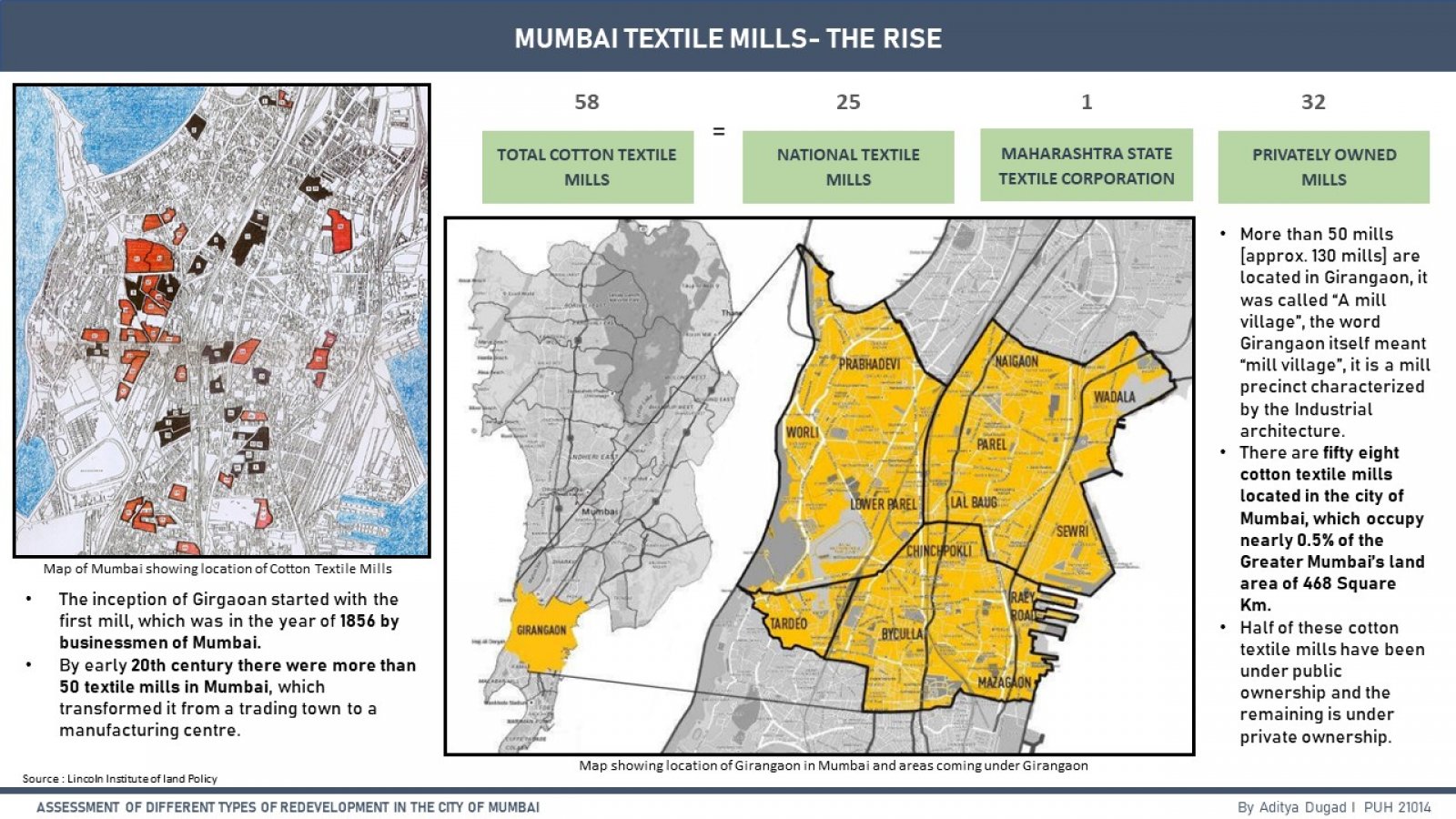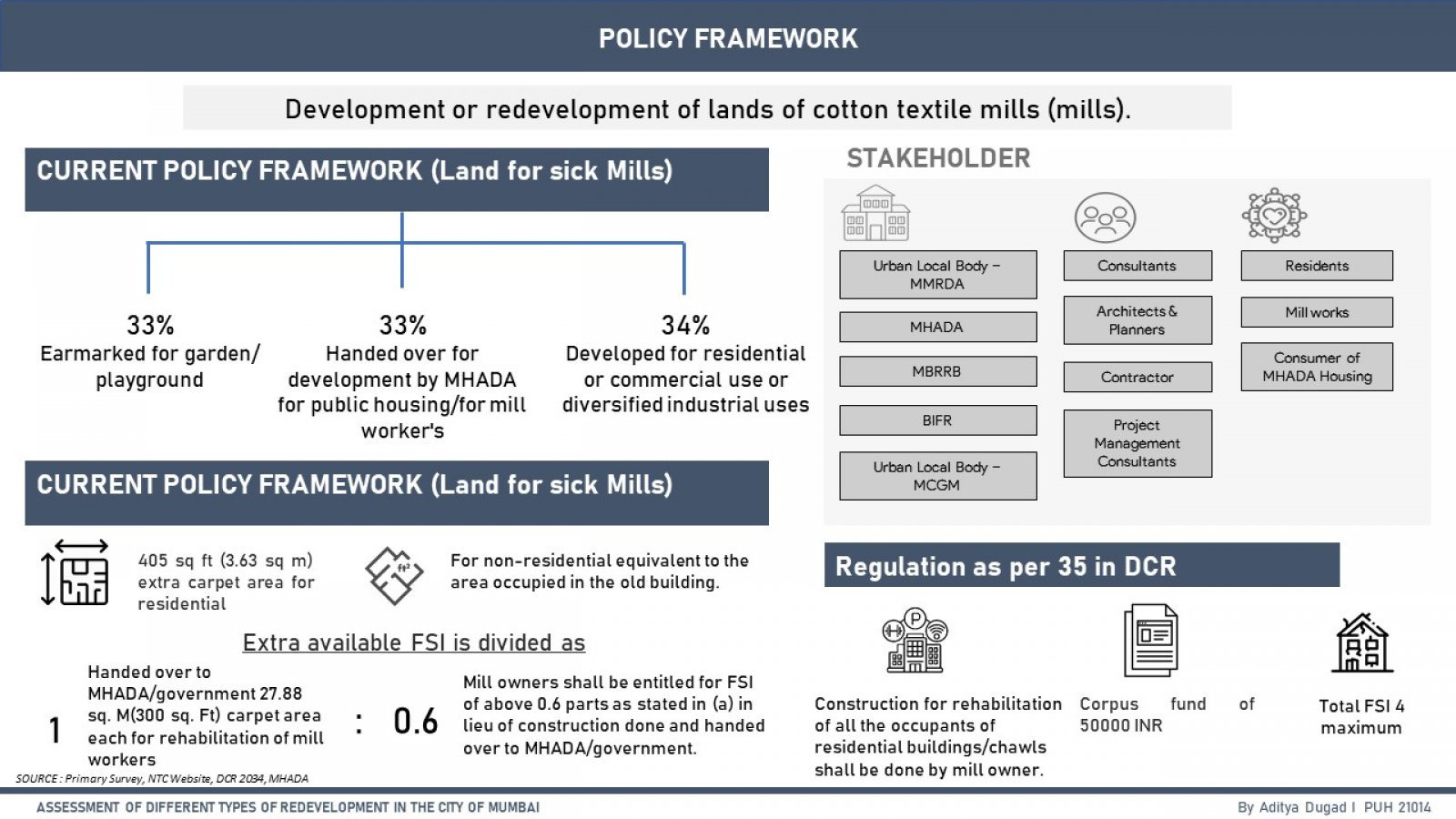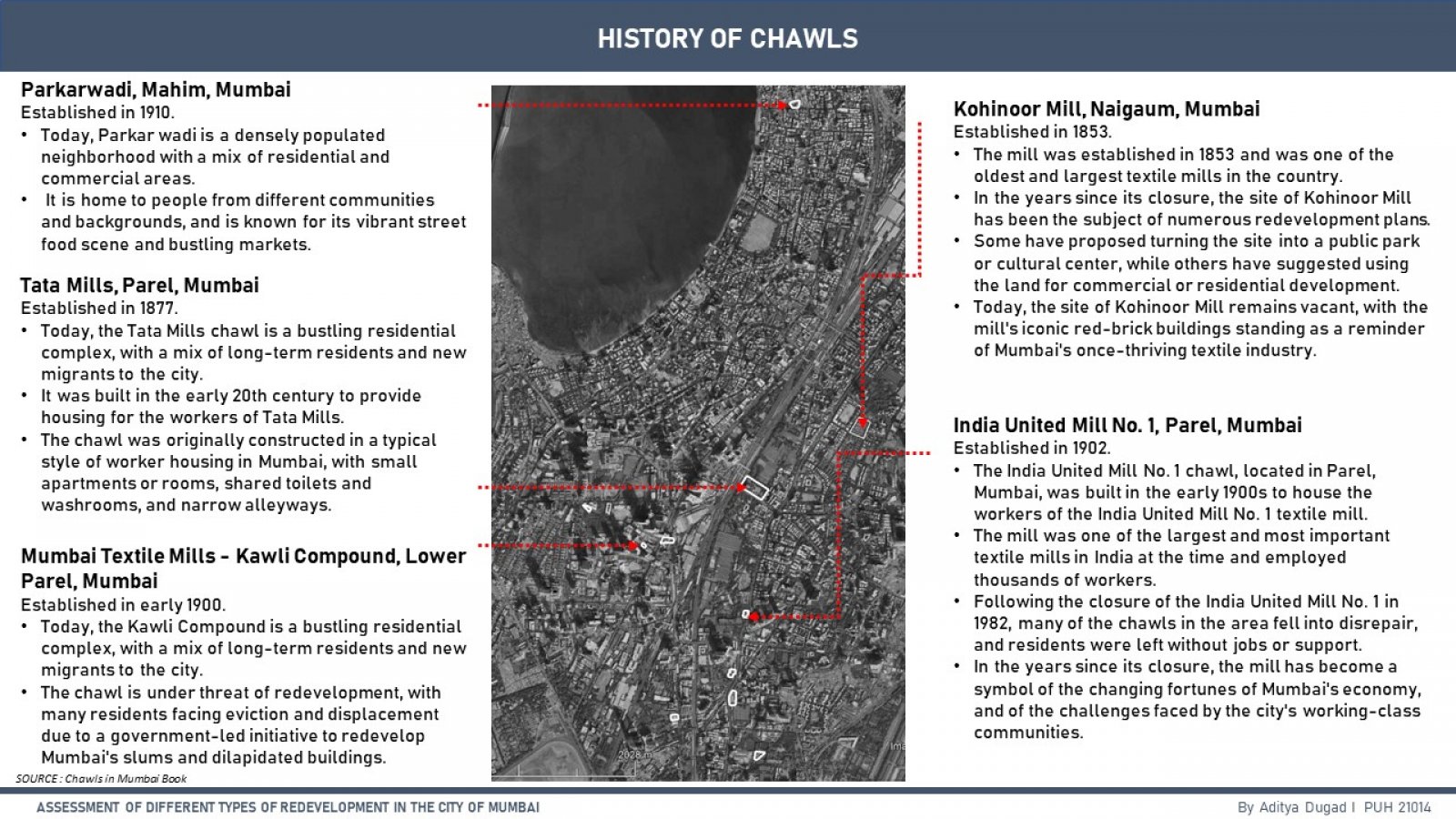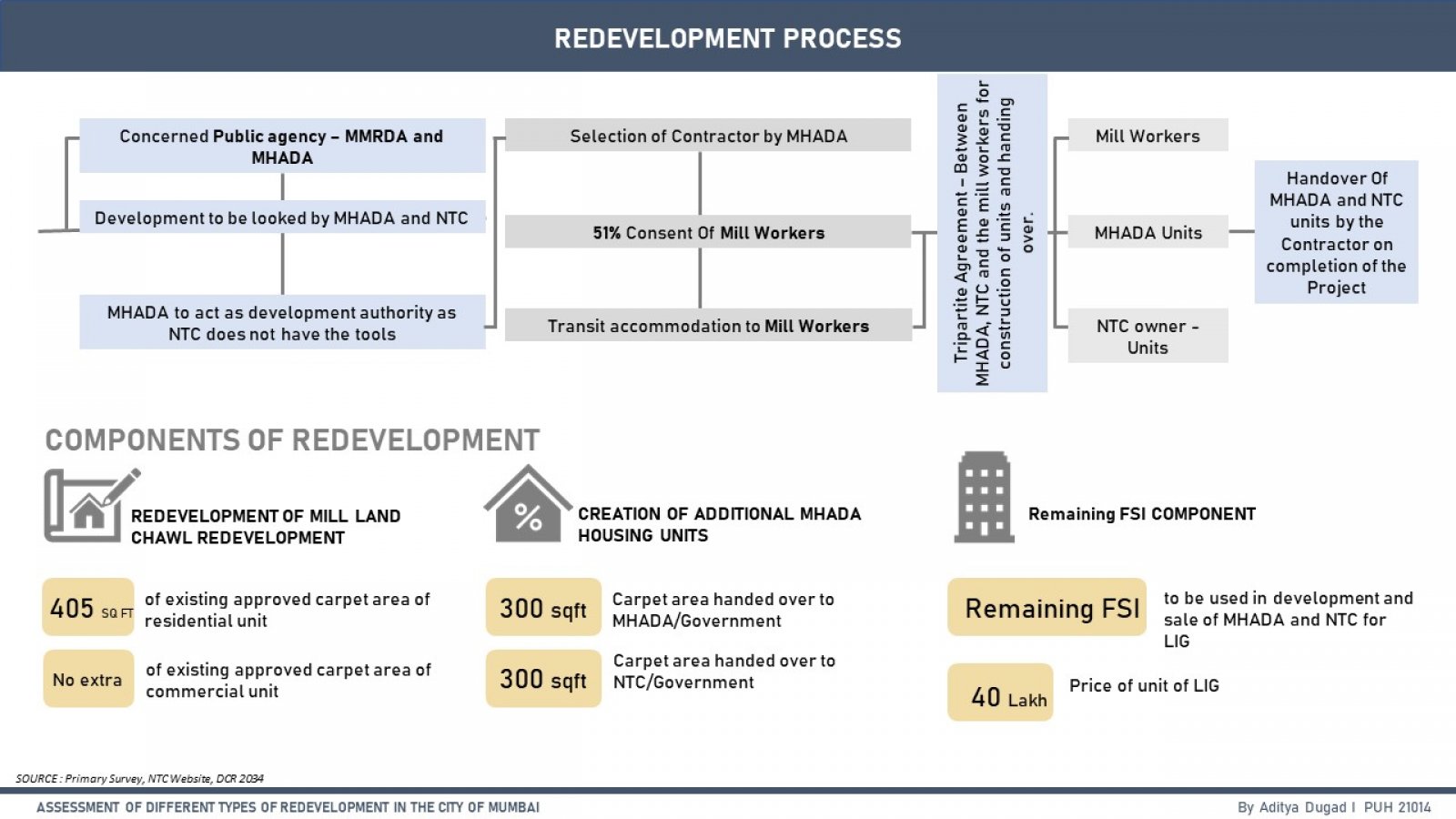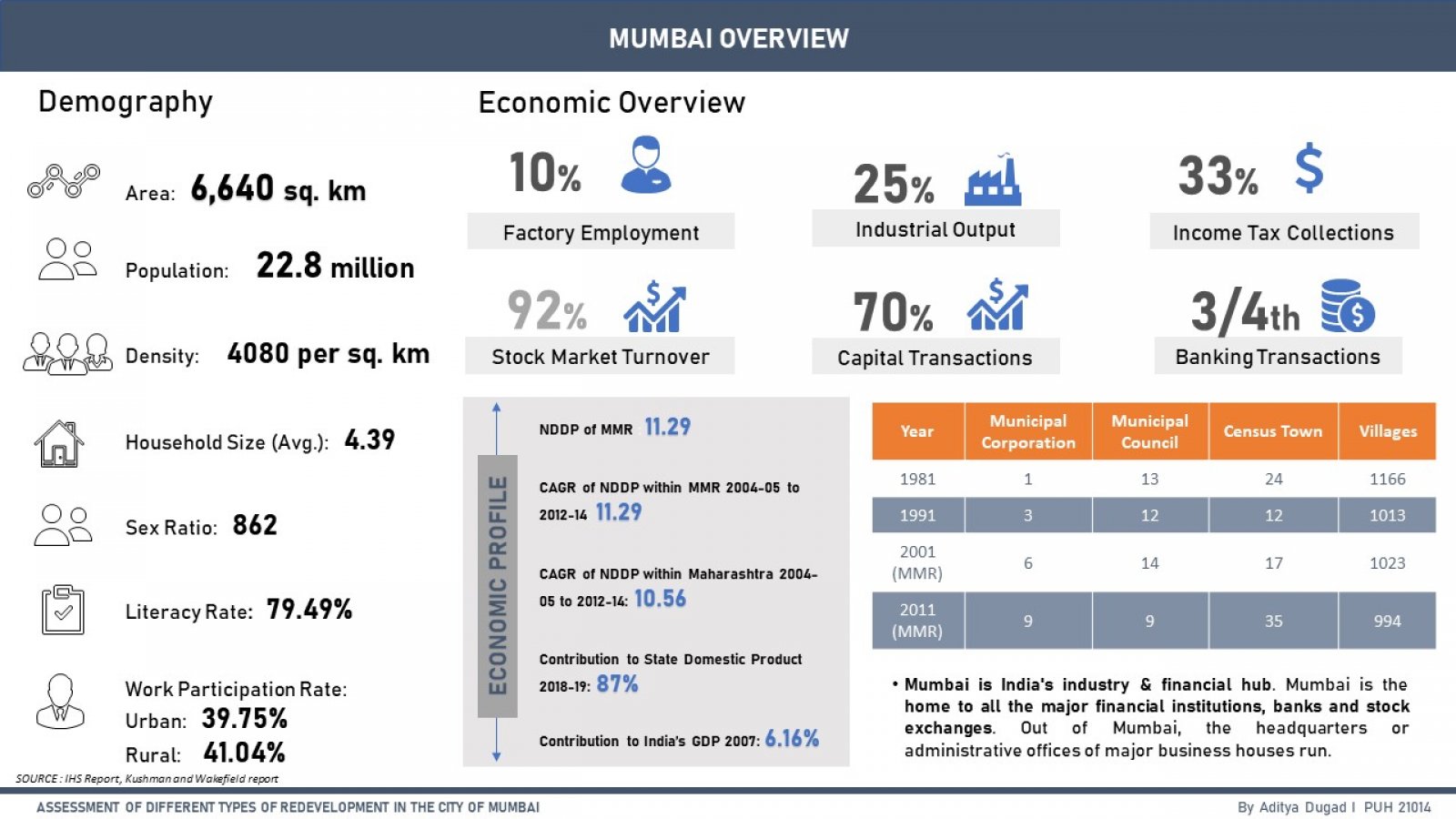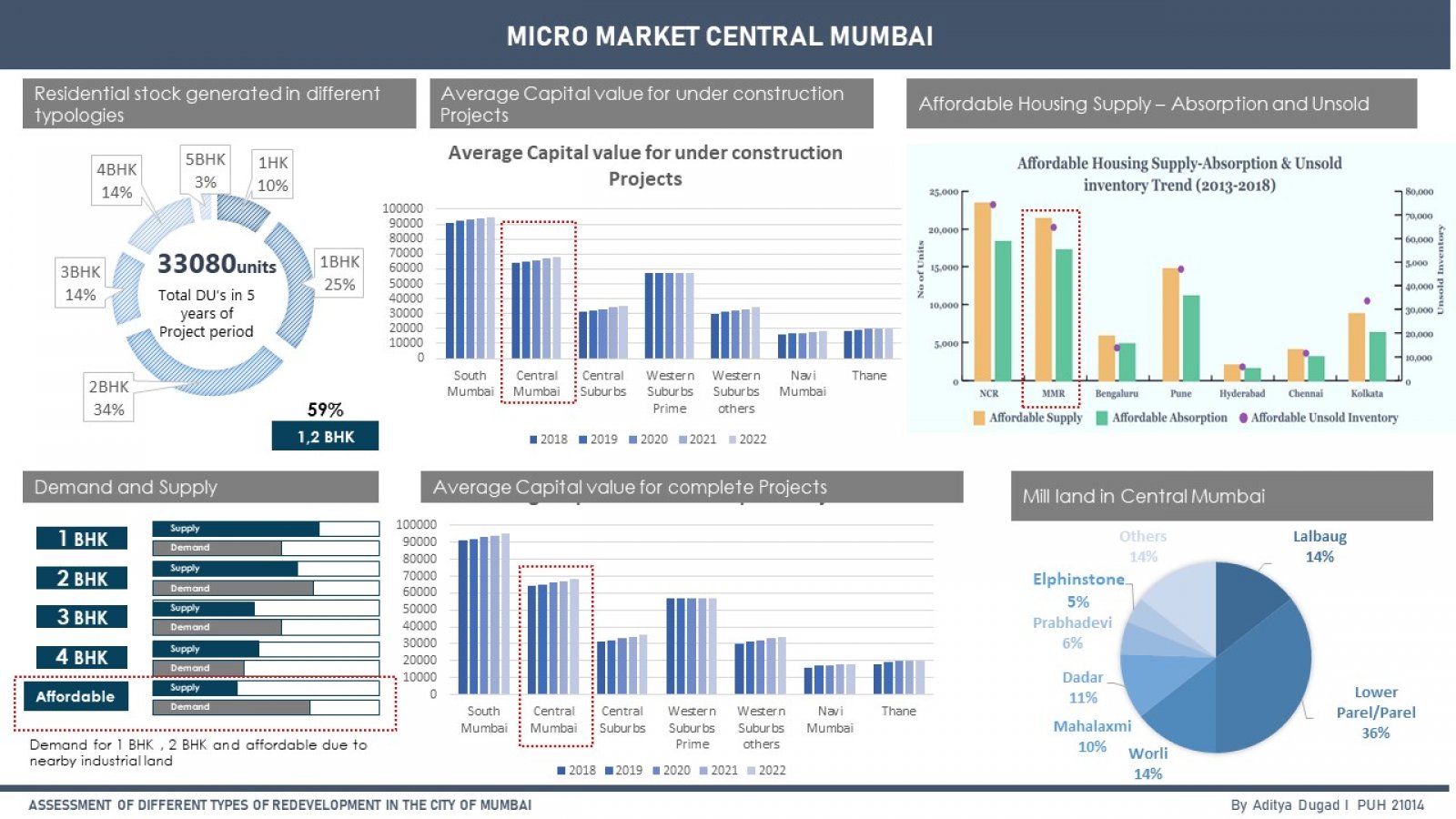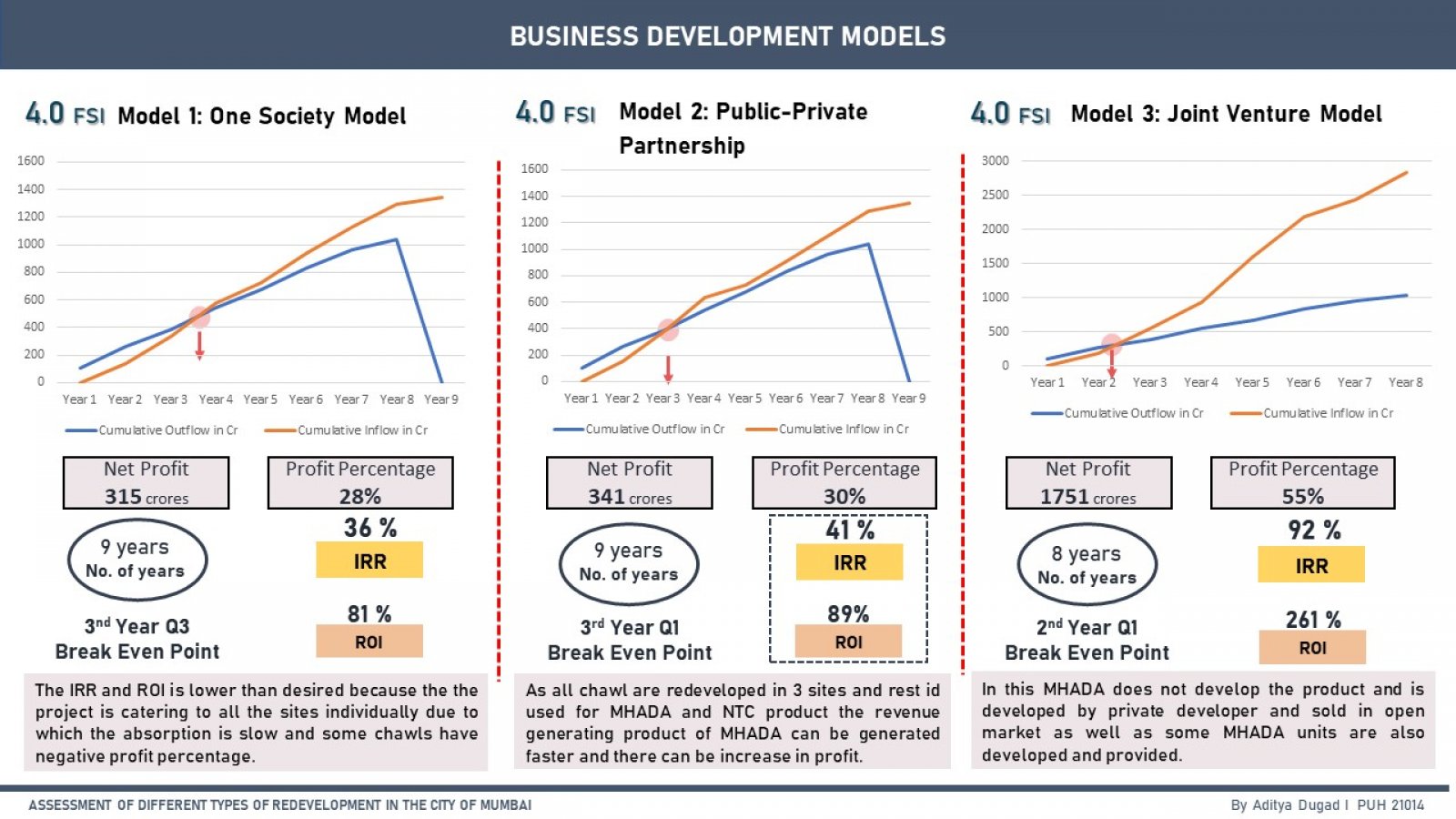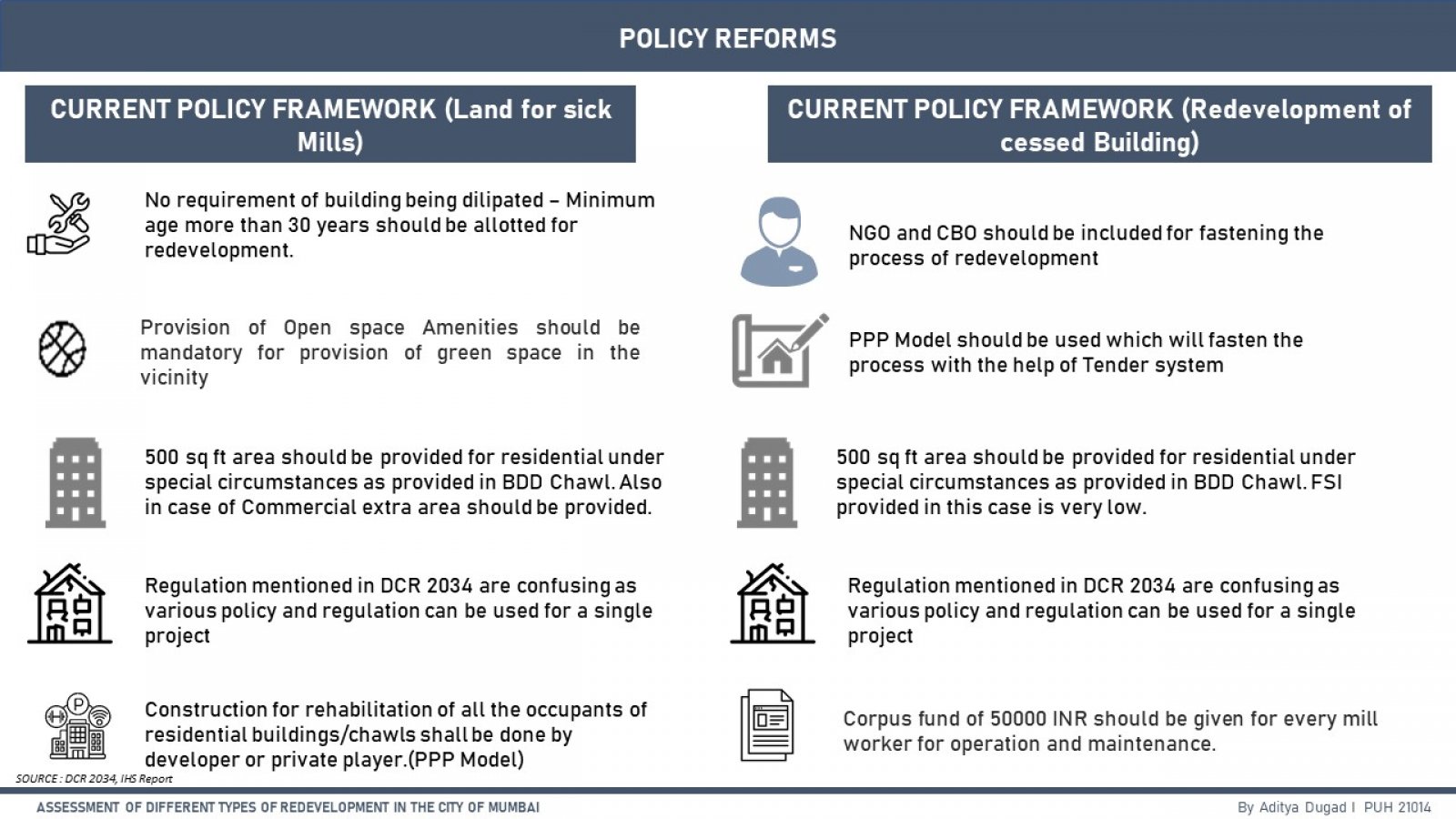Your browser is out-of-date!
For a richer surfing experience on our website, please update your browser. Update my browser now!
For a richer surfing experience on our website, please update your browser. Update my browser now!
Mumbai is a metropolis rich in culture, heritage, and an eclectic mix of architectural styles. However, the nature of growth has been very organic over the years, and it has boomed since liberalisation. The city planning was divided in such a way that the southern point was the territory of the Colonial rulers and the northern tip was the territory of the superior high class Indians. Between these were the working classes, who lived on high-priced land in densely packed areas further divided by class and faith. The Central Region - CST, where the textile industry took over, had mills nearby, which led to the creation of housing for mill workers. Various new enterprises contributed to the development and growth of Mumbai's economy and housing. But by far the most notable was the textile industry, where the textile market was thriving not only in Mumbai or Maharashtra, but also statewide, connecting it to Surat, Gujarat. These textile mills are located in the city center, Girangaon, Parel, and a few other parts of South Bombay, but the national textile company built chawls for industry workers to live near to the workplace. After so many years, these chawls have become extremely dilapidated, with extremely high land value capture taking acres of ground beneath them. It is scheduled for redevelopment, and this redevelopment would serve as a model for other chawls and slums in Mumbai, as this would be one of the largest redevelopment situations to be considered in Mumbai. It would be a great opportunity to improve their housing conditions while also contributing to the market. Mumbai is a city which is always inviting newer development be it in terms of residential or commercial and this being at a prime location would be a game changer in the city. This is currently a live redevelopment project going on from the past 20 years but has not been executed yet due to political, financial and eligibility issues. There are 11 chawls on 9 mill lands awaiting redevelopment and the project would aim to redevelop 11 chawls while focusing on its financial feasibility as well policy reforms. Taking in consideration the financial aspect, it would be beneficial if these chawls were redeveloped not on 11 sites but accumulated at 3-4 sites for the benefit of the MHADA as well NTC and the mill workers. Over the years there have been changes to DCR which have now led to provision of extra carpet area to the mill workers. The project in all has its own complexity due to the presence of various stakeholders but keeping in mind that the project would be well executed as a consultant where proper allocation of departments would be done with appropriate feasible options to move ahead with. The whole project would require sensitivity analysis which would help in taking concrete decisions on where and how it needs to developed. The 14-acre land of chawls while getting redeveloped would boost the Mill Land alongside as newer development would be strategized over there too. Such an analysis would present the development process, the key challenges involved, and the factors to be considered while developing the real estate project, ensuring that such development in any location would be a profitable real estate endeavour.
